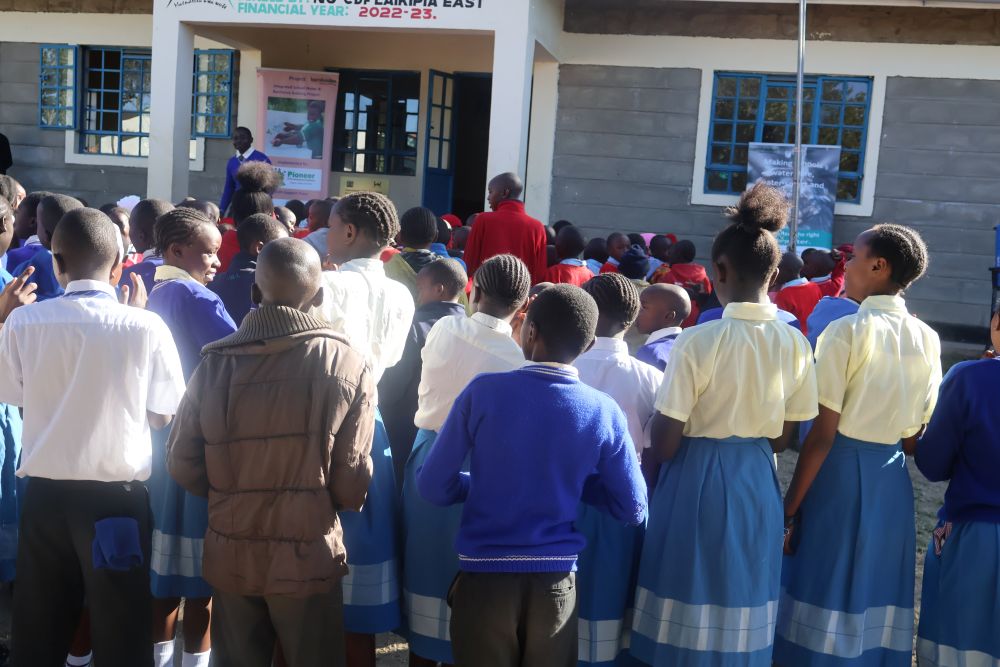Climate Change Impact on Children
Climate change isn't just an abstract, distant issue anymore. Its effects are increasingly tangible and are making their way into our daily lives, including our schools. As temperatures rise and extreme weather events become more frequent, the impact on children’s education and well-being is becoming increasingly apparent. Here’s a closer look at how climate change is affecting children in schools and what can be done to mitigate these effects.
Health Risks and Increased Absenteeism
One of the most immediate ways climate change affects children is through its impact on health. Higher temperatures and more frequent heatwaves can lead to heat-related illnesses, such as heat exhaustion and dehydration. Schools without proper cooling systems can become sweltering environments that are uncomfortable and potentially hazardous for students.
Moreover, climate change exacerbates air pollution, which can worsen respiratory conditions such as asthma. Schools located in areas with high levels of air pollution may see increased absenteeism due to health issues related to poor air quality.
Disruption from Extreme Weather Events
Extreme weather events such as hurricanes, floods, and wildfires are becoming more common due to climate change. These events can disrupt schooling in several ways:
-
School Closures: Natural disasters often force schools to close, sometimes for extended periods. This disruption can lead to significant learning loss, particularly for students in vulnerable communities who may lack access to alternative educational resources.
-
Damage to Infrastructure: Extreme weather can cause physical damage to school buildings, affecting classrooms, libraries, and essential facilities. The cost and time required for repairs can further extend interruptions to education.
-
Displacement: Families affected by severe weather events may be forced to relocate. This displacement can result in students changing schools frequently, which can be disruptive to their learning and social development.
Mental Health and Stress
The psychological impact of climate change on children cannot be overlooked. Exposure to extreme weather events, witnessing the effects of climate change, and the stress of dealing with an uncertain future can contribute to anxiety and mental health issues among students. Schools are often on the front lines of providing support and stability, but they may lack the resources and training to address these growing needs.
Educational Gaps and Inequities
Climate change impacts are not distributed evenly. Children from low-income families and marginalized communities are often the most affected. These students may face greater challenges due to underfunded schools, less access to resources, and higher exposure to environmental hazards.
Additionally, climate change can exacerbate educational inequities by disrupting learning in regions already struggling with educational infrastructure. This deepens existing disparities and can widen the gap in educational achievement between different socioeconomic groups.
Curriculum and Awareness
On a positive note, climate change also presents an opportunity for schools to engage students in learning about environmental stewardship and sustainability. Integrating climate education into the curriculum can empower students to understand and address the challenges of climate change. Schools can teach students about climate science, encourage problem-solving, and promote sustainable practices.
Building Resilience and Adapting Schools
To mitigate the impacts of climate change on schools, several strategies can be implemented:
-
Infrastructure Improvements: Investing in climate-resilient infrastructure, such as energy-efficient cooling systems and flood-resistant buildings, can help protect schools from the adverse effects of climate change.
-
Emergency Preparedness: Schools should develop comprehensive emergency plans and provide training for staff and students to ensure preparedness for extreme weather events.
-
Mental Health Support: Increasing access to mental health resources and support services can help students cope with the stress and anxiety related to climate change.
-
Sustainable Practices: Schools can lead by example by adopting sustainable practices, such as reducing waste, conserving energy, and promoting environmental education.
The effects of climate change on children in schools are multifaceted and profound. From health risks and infrastructure damage to mental health concerns and educational inequities, the challenges are significant. However, by taking proactive steps to improve resilience, enhance educational content, and support affected students, we can help mitigate these impacts and build a more sustainable and equitable future for our children.
As we navigate these challenges, it’s crucial for educators, policymakers, and communities to work together to create safe, supportive, and adaptive learning environments. By addressing the effects of climate change on schools today, we can help ensure a better tomorrow for our students and future generations.


Leave A Comment
All fields marked with an asterisk (*) are required